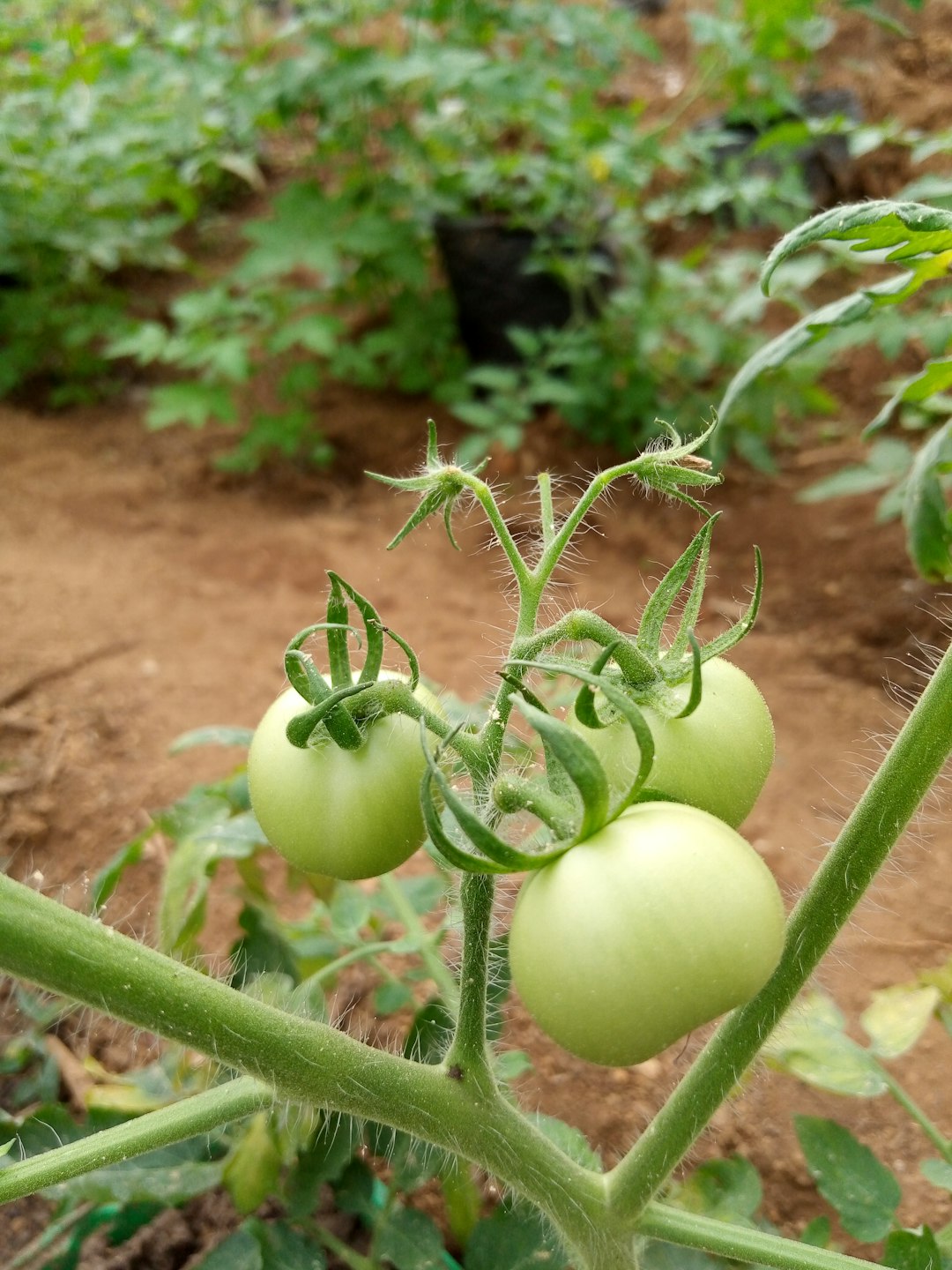The Allure of Variegated Ribbon Grass in Your Garden

When it comes to creating a vibrant and visually appealing garden, the choice of plants plays a crucial role. One plant that often goes under - the radar but deserves a prominent place in both containers and garden plots is the variegated ribbon grass. This remarkable plant is not only tough and low - maintenance but also brings a unique blend of color and texture to any gardening space.
Variegated ribbon grass, scientifically known as Phalaris arundinacea 'Picta', is a perennial grass that has captured the hearts of many gardeners. Its appearance is one of its most striking features. The long, slender leaves are adorned with stripes of green and white, creating a beautiful variegated pattern. This color combination adds a touch of elegance and brightness to the garden, making it stand out among other plants.
One of the greatest advantages of variegated ribbon grass is its resilience. It can tolerate a wide range of soil conditions, from well - drained to slightly moist. This adaptability makes it suitable for various types of gardens, whether you have a sandy soil in a coastal area or a loamy soil in a more inland location. It is also quite hardy and can withstand cold temperatures, making it a great choice for gardens in regions with harsh winters.
In terms of maintenance, variegated ribbon grass is a dream come true for busy gardeners. It doesn't require frequent watering, as it has good drought tolerance. Once established, it can thrive with minimal intervention. Fertilizing is also not a major concern. A light application of a balanced fertilizer in the spring can help promote healthy growth, but it is not essential for the plant's survival. Pruning is relatively straightforward. You can simply cut back the dead foliage in the early spring to encourage new growth.
When it comes to using variegated ribbon grass in containers, it offers a unique opportunity to add a vertical element. Its tall, arching leaves can spill over the edges of the container, creating a cascading effect. You can pair it with other plants that have contrasting colors and textures, such as purple petunias or spiky succulents. This combination will create a visually dynamic container garden that can be placed on a patio, balcony, or even indoors near a sunny window.
In garden plots, variegated ribbon grass can be used in a variety of ways. It can be planted in mass to create a ground - cover effect, adding a carpet of color and texture to the landscape. It also works well as a border plant, defining the edges of flower beds or walkways. When planted among other perennials, it can act as a filler, filling in empty spaces and creating a more cohesive look.
However, it's important to note that variegated ribbon grass can be invasive in some areas. Its rhizomatous roots can spread quickly, potentially overtaking other plants in the garden. To prevent this, you can plant it in containers or use a root barrier when planting it in the ground. This will help keep its growth in check while still allowing you to enjoy its beauty.
Another aspect to consider is the wildlife attraction. The grass provides shelter and nesting material for small birds and insects. This can contribute to the overall biodiversity of your garden, making it a more ecological and vibrant place. The seeds of the variegated ribbon grass can also be a food source for some birds, adding to its value in a wildlife - friendly garden.
As the seasons change, variegated ribbon grass continues to offer visual interest. In the spring, the fresh new growth brings a burst of bright colors. During the summer, it provides a cool and refreshing look, especially on hot days. In the fall, the leaves may take on a golden hue, adding a touch of autumnal charm. Even in the winter, when the foliage dies back, the skeletal structure of the plant can still add an element of architectural interest to the garden.
In conclusion, variegated ribbon grass is a plant that offers a multitude of benefits for gardeners. Its toughness, low - maintenance nature, and ability to bring color and texture to containers and garden plots make it a valuable addition to any garden. With proper management, it can be a long - lasting and beautiful feature in your outdoor space, enhancing the overall aesthetic and ecological value of your garden.